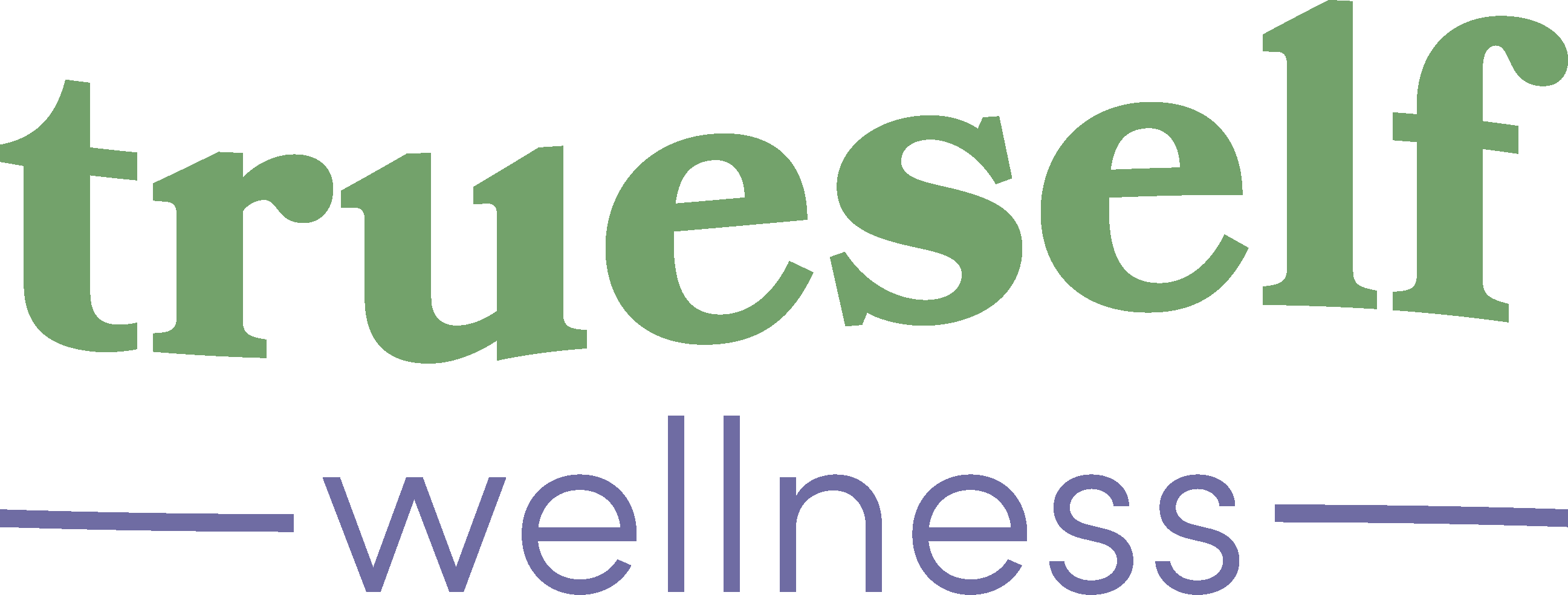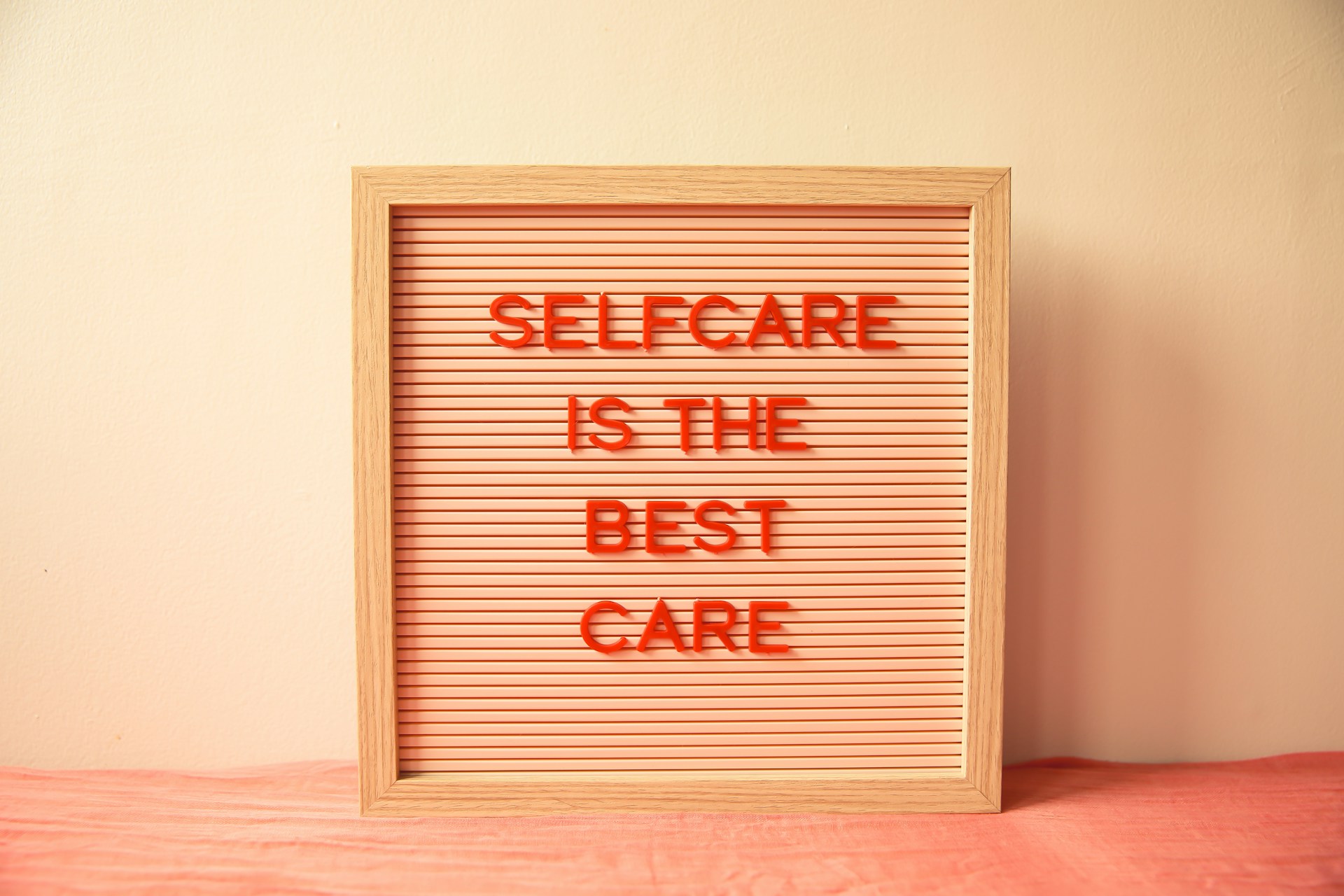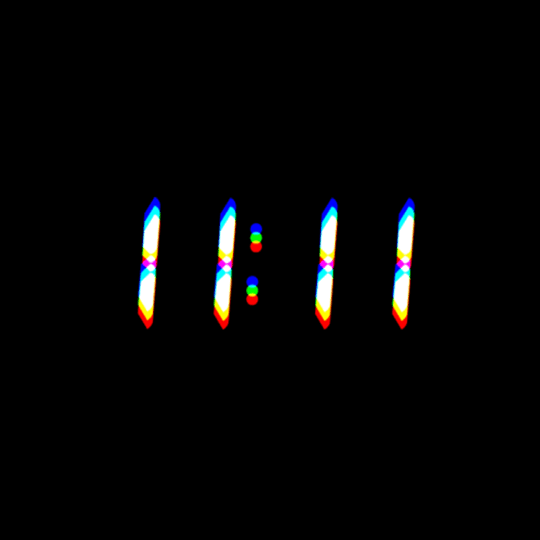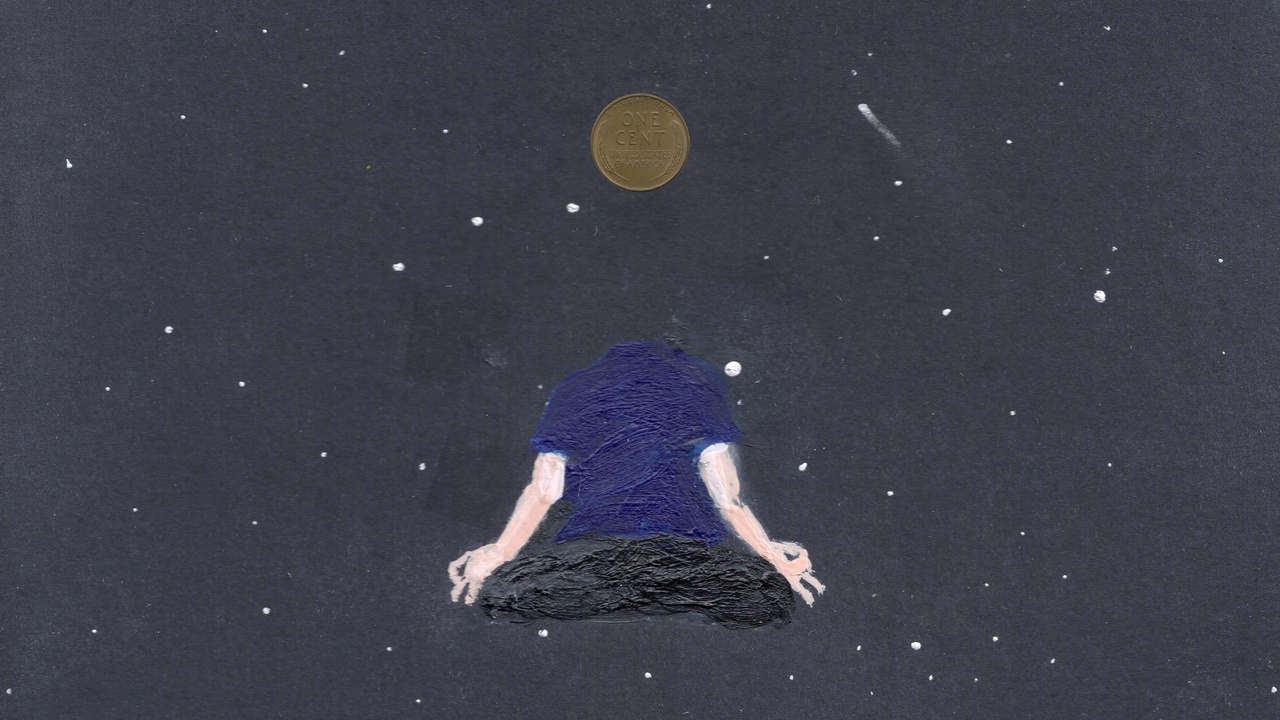Three is a powerful number.
The past, the future, the present. The here, the there, the everywhere. The light, the dark, the swirling yin-yang. The woman, the man, the human. When you look close enough at any two things, you begin to see that everything comes in threes.
So often, we separate things into binaries. Good, evil. True, false. Real, unreal. Dead, alive. But I think a binary worldview is one of the most destructive tenets of modern Western thought. (Even the concept of Western/Eastern is a binary that immediately reduces and oversimplifies infinitely complex histories and cultures). To see the world in terms of its black and white divisions is to ignore the fundamental wholeness and unity that binds us to all other things. To split humanity into the binary of me and you is to instantly absolve each one of us of empathy and collective responsibility; it ignores the us at the heart of it all.
Binaries are also destructive to our mental health and to our relationships to the people in our lives. To reject part of ourselves as bad is to collapse and repress our shadow selves, which only makes them stronger. To reject others or other concepts as entirely bad is to ignore their complexity, their history, their roots, and their potential for growth and transformation. To define someone by a label, by a gender, by a race, or by any form of otherness is to totally reduce their infinitely complex humanness.
(None of this is to say that recognizing someone’s race or gender isn’t important. It’s always important to recognize that even though things like race and gender might be social constructs, they actually have very tangible real-world effects and consequences that need to be recognized, acknowledged, and addressed. Rant over).
So all that said, I think there is a massive amount of healing potential — maybe even revolutionary potential — in the dissolution of binaries, in the collapsing of either/or into a unified whole that is able to contain contradictions and acknowledge differences while also acknowledging that we are more similar than anything else and that ultimately we are part of a much greater whole.
This thought process is at the heart of my interest in threes. Lately, I’ve been particularly interested in the concept of the third eye, which I think is a perfect metaphor for what I was trying to get at in the above paragraphs.
What Is the Third Eye?
When you look at your face in the mirror, of course you have a left eye and a right eye. But various mystical and esoteric traditions have proposed that above these visible eyes, in the center of our forehead, is a locus of spirituality and intuition known as the third eye.
Also known as the mind’s eye, the third eye is generally associated with intuition and spiritual connection. Developing and opening the mind’s eye is thought to lead to psychic abilities, clairvoyance, lucid dreaming, and astral projection; and a strong third eye is said to potentially be able to dissolve the separation between the self and the spirit (yet another limiting binary – read any religious text, and you’ll hear the saints or prophets screaming that you are not separate from the divine).
In Hindu metaphysics, the third eye is known as the Third Eye of Shiva or the Anja chakra, and it is literally the place where we “transcend duality” and dissolve the illusion of being an “I” that is separate from the rest of the world. Usually represented by the color purple or indigo (which happens to be my favorite color), the third eye chakra is associated with wisdom, creativity, and inspiration.
In Egyptian mythology, the third eye is associated with the Eye of Horus and is symbolic of power and illumination; it is also sometimes depicted as a snake rising from the heads of pharaohs. (The kundalini process, a Hindu concept related to the awakening and actualization of divine feminine energy, is also symbolized by a snake; and so is sin in the Christian creation myth. Take that all as you will).
In Taoism, the third eye can be trained to help people tune into the universe’s vibration, thus allowing them to reach deeper levels of meditation. The Christian friar Richard Rohr proposed that the third eye is the key to non-dualistic thinking, which is the way mystics see; and he called this level of awareness the “Mind of Christ.”
The Pineal Gland
Typically, the third eye is associated with our pineal gland, a relatively mysterious endocrine organ located deep in the center of our brains. The gland is very small and is shaped like a pinecone (which is where it gets its name), and it is responsible for secreting a single hormone — melatonin, which is responsible for controlling our circadian rhythms and certain reproductive hormones.
Is the Pineal Gland REALLY the Third Eye??? | Pineal Gland Anatomywww.youtube.com
Scientists are still beginning to understand the pineal gland’s functions; but essentially, the pineal gland connects our brain’s two binary hemispheres, and it helps the two sides of our brain communicate and know when to rest and when to awaken.
It’s not hard to see why the pineal gland has so often been associated with spirituality, and with the fusion of our individual selves to something much greater. Seventeenth-century philosopher Rene Descartes was a major fan of the pineal gland, which he called “the principal seat of the soul and the place in which all our thoughts are formed.”
In The Treatise of Man, Descartes argued that man is split into two parts — a body and a soul — which are unified by the pineal gland. He believed the soul was joined to the body by a “certain very small gland situated in the middle of the brain’s substance and suspended above the passage through which the spirits in the brain’s anterior cavities communicate with those in its posterior cavities.”
Later on, 19th century mystic Helena Blavatsky, founder of theosophy and notorious hack who still managed to originate some of our most intriguing metaphysical concepts, associated the pineal gland with the ancient Hindu concept of the third eye. She called it an “organ of spiritual vision” and knitted it into her interpretation of human evolution.
In the theosophical tradition, early humans known as the “Root-Races” possessed four arms and a third eye in the back of the head. “The third eye was primarily [in animals], as in man, the only seeing organ. The two physical front eyes developed later on in both brute and man,” Blavatsky wrote in The Secret Doctrine.
According to her mythology, the third eye began to lose its power when these previously hermaphroditic humans collapsed into two sexes. “…After the separation of the sexes, men having fallen into matter their spiritual vision became dim; and coordinately the third eye commenced to lose its power,” she wrote. “The third eye likewise, getting gradually petrified, soon disappeared.”
While most of Blavatsky’s theories about evolution are, obviously, purely mythological, her theories about the petrification and subsequent blockage of the third eye are not entirely baseless.
Can Your Third Eye/Pineal Gland Become Blocked?
Modern science tells us that the pineal gland can sometimes become “calcified” as it accumulates fluoride and pesticides, which can accumulate and crystallize in the cerebrospinal fluid around the gland. Calcification may also be caused by aging, chronic illness, or excessive exposure to electromagnetic fields (EMFs). While research on the symptoms of pineal calcification has been inconclusive, some studies have found that pineal calcification can lead to disruptions in sleep patterns, perhaps caused by melatonin blockages.
Some research — none officially verified, mind you, so take this science with a grain of salt — has found that calcified pineal gland could lead to impaired circadian rhythms, headaches, difficulties with direction, fertility issues, depression, anxiety, and mood disorders. Detoxing your pineal gland might look like avoiding fluoride and eating foods high in chlorophyll. Boric acid and iodine are also allegedly beneficial in decalcifying your gland, if trying random supplements is your thing.
Anyway, what interests me most about the concept of pineal gland calcification is that it mirrors the mystical idea that the third eye can become “blocked,” thus interfering with spiritual connection, perception, and other intuitive qualities.
According to the obviously very reliable website subconsciousservant.com, third eye blockages can result in feeling disconnected from other people and disconnection from nature — as well as insomnia, depression, anxiety, and a lack in connection to creativity and dreams, among other things. (I’ve certainly felt each of these things, and a prolonged creative block I suffered recently definitely pushed me towards the world of the third eye, mostly because I was looking for anything that would reconnect me to the creative well I’ve always been able to draw from at will).
So, all this brings us to some fundamental questions. Can we open our third eye? If so, how do we open our third eye? And perhaps most important of all: Should we even open our third eye?
Open Your Mind’s Eye
Generally, it seems like meditation is the surest way to open your third eye. Meditations that address each of the chakras can be particularly powerful. A good diet and proper sleep can also help.
“Through systematic meditation one can awaken the third eye and touch the cosmic awareness. Sushumna nadi is the subtle pathway in the spinal cord which passes through the main psychic centers,” writes Amit Ray in Meditation: Insights and Interpretations.
“The awakening of these centers means a gradual expansion of awareness, until it reaches the cosmic awareness. Each center has its own beauty and gracefulness,” Ray writes. “Through generations of ignorance and unconsciousness, this channel of awareness becomes obscured and hidden. Meditation is to become aware about this internal life energy. Meditation is the procedure to rearrange, harmonize, activate, and integrate the individual life energy with the cosmic life energy.”
An opened third eye, therefore, can lead to more intuitive awareness and perhaps to a connection with the great oneness that knits the cosmos together. Maybe it could be the key to dissolving our epidemic of binary thinking.
“When fully activated and flowing harmoniously, this energy center stimulates both the left — logical and rational — and right — creative and spiritual — hemispheres of the brain so the mind can function from a balanced place,” says Ambi Kavanagh, author of the book Chakras & Self Care.
There’s that left and right brain again, and there’s the crux of why I’m so interested in the third eye. As with all New Age spirituality, I don’t necessarily believe in any of all this, but I am interested in the way that “opening the third eye” might help us grow, expand, and become more open to our intuitive powers and our connection to the world beyond the echo chamber of our own minds.
I have become increasingly convinced that the energy we put out into the world comes back to us. We are the creators of our own realities. Why not open a channel that allows intuition and creativity to flow in? Why not open a channel that would allow us to see further than we can with just our own eyes?
So, you might be wondering… How do I open my third eye?
How to Open the Third Eye? | Sadhguru Answerswww.youtube.com
Warning: There are apparently some dangers to opening the third eye, and many will tell you that the third eye should open on its own; forcing it open could lead to extreme sensitivity, accidental astral projection, erratic behavior, the end of certain relationships… (Any spiritual awakening/shift in perception/period of regular old growth and change could lead to this, too, of course, but it’s worth exercising some caution. Regardless, don’t pay anyone who tells you they’ll help you open your third eye. Snake oil abounds in these parts).
But okay… Say you’ve tried all the above tactics, and you’re getting impatient, and you want a faster way to connect to your third eye, or you just want to have a simple consciousness-expanding experience.
Might I offer you … drugs?
The Pineal Gland and DMT
DMT, sometimes referred to as the “spirit molecule,” is the main ingredient in ayahuasca, that drug that has been used for thousands of years as part of sacred healing rituals performed by Indigenous tribes in South America. Ayahuasca has also recently become a hot destination for white tourists looking to open their minds. (Please read this Bitch Media article on spiritual tourism after you finish this).
So, plain old DMT, which can be snorted or vaped, can give you some wild hallucinations for about 20 minutes (frequently involving encounters with “entities” including machine elves), but ayahuasca — a brew of DMT — takes you on a vomit-inducing, mind-bender of a spirit journey, sometimes for over 12 hours.
The central molecule in DMT, dimethyltryptamine, actually occurs naturally in the human body… and it juuuuust might be found in the pineal gland. Specifically, it’s been found in rats’ pineal glands.
While there’s no actual conclusive evidence that human pineal glands produce DMT, one scientist named Rick Strassman is absolutely convinced that it does. And he’s also convinced that the pineal gland is a gateway between life and death, between dreams and even dimensions.
Stay with me here. In the 1990s, Strassman administered doses of DMT to dozens of volunteers. Many of them encountered “entities” — robotic, angelic, demonic, mechanical, and so forth. Strassman hypothesized that visionaries throughout history may have actually been caught up in a surge of pineal-gland produced DMT.
Around that same time, psychedelic warrior Terrence McKenna proposed that DMT could lead to “the redemption of the human spirit’ and “the [awakening] of the divine within.”
A formative encounter between McKenna and Strassman at the Esalen Institute in California inspired Strassman to study DMT further. His research led him to propose that our brains might produce large quantities of DMT during birth and death, and he began to believe that pineal gland-produced DMT was “like the floodwaters carrying the soul into the liminal phase (or bardo) between life and life, as depicted in The Tibetan Book of the Dead.”
This, naturally, led to the suspicion that when experienced in this life, the pineal gland’s bursts of DMT might be able to dissolve the binary between life and death, between the dreamworld and our world, and between this level of consciousness and the next.
This inspired a lot of the aforementioned New Age theories that associate the pineal gland/third eye with astral projection and entrance to a higher plane of sublime super-consciousness.
Separating Fact From Fiction
Naturally, all this wild chaos inspired a great number of psychonauts to endeavor to open their third eye. It also inspired a lot of great stories.
H. P. Lovecraft, for example, wrote a story about the pineal gland being a literary device capable of opening “cracks in the world.” He proposed that in the hands of modern scientists and foolish explorers, the pineal gland could actually be a window into horrific, unmapped areas of the psyche. A door into the world of the demons and machine elves, you might say.
So, in short, be careful when opening your mind’s eye.
But as for me, the idea that we might possess an organ, or a molecule, or even a little all-seeing eye that enables us to connect to something beyond ourselves is too tantalizing of a concept to ignore.
“The third eye is the director of energy or force, and thus an instrument of the will of Spirit,” writes Alice Bailey in Treatise on Cosmic Fire. “It is the eye of the inner vision, and he who has opened it can direct and control the energy of matter, see all things in the Eternal Now, and therefore be in touch with causes more than with effects, read the Akashic Records, and see clairvoyantly… It is through the medium of this ‘all-seeing eye’ that the Adept can at any moment put Himself in touch with His disciples anywhere.”
I don’t know if I believe in the akashic records or in clairvoyance or in any of this at all, but I do know that I believe in the power of threes, and I believe we’re way more connected to something greater than we know.
“We have two eyes to see two sides of things, but there must be a third eye which will see everything at the same time and yet not see anything. That is to understand Zen,” wrote D. T. Suzuki.
To see everything and nothing at once. To hold multiple truths at the same time. To be and not to be.
Call it Zen, call it philosophy. Call it science, call it magic. Get it through drugs, get it through meditation. I really think it’s all the same thing. I’ve never liked binaries, the idea that life/death are two separate things, or that magic/reality are separate, or that fiction/truth aren’t always turning into each other.
That’s all for now. Oh, and if you see my third eye winking at you through the astral, wink back.










